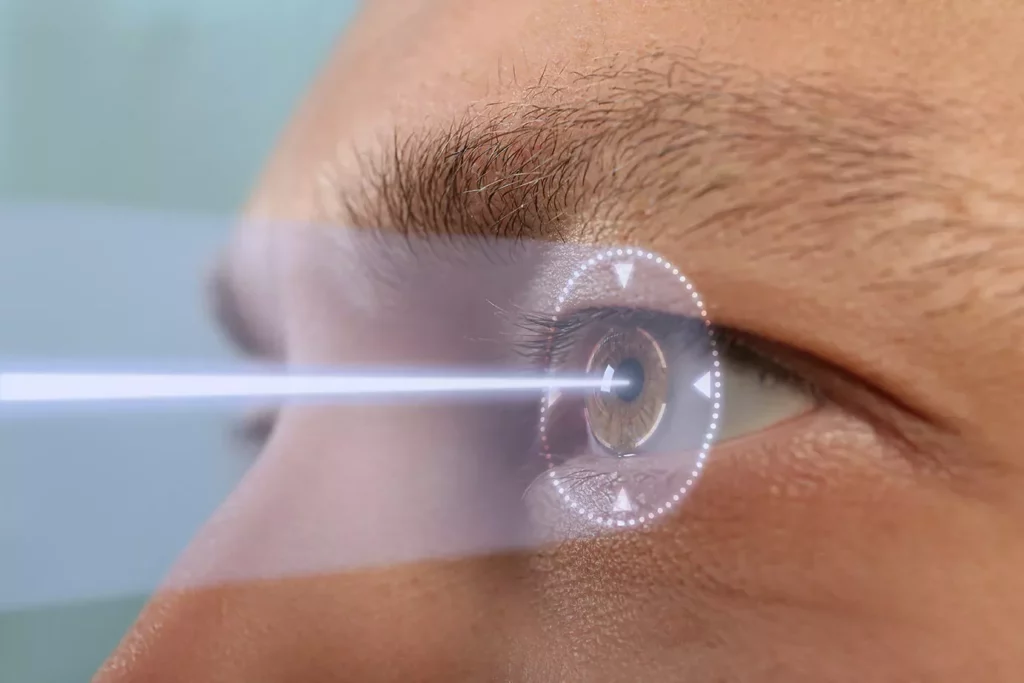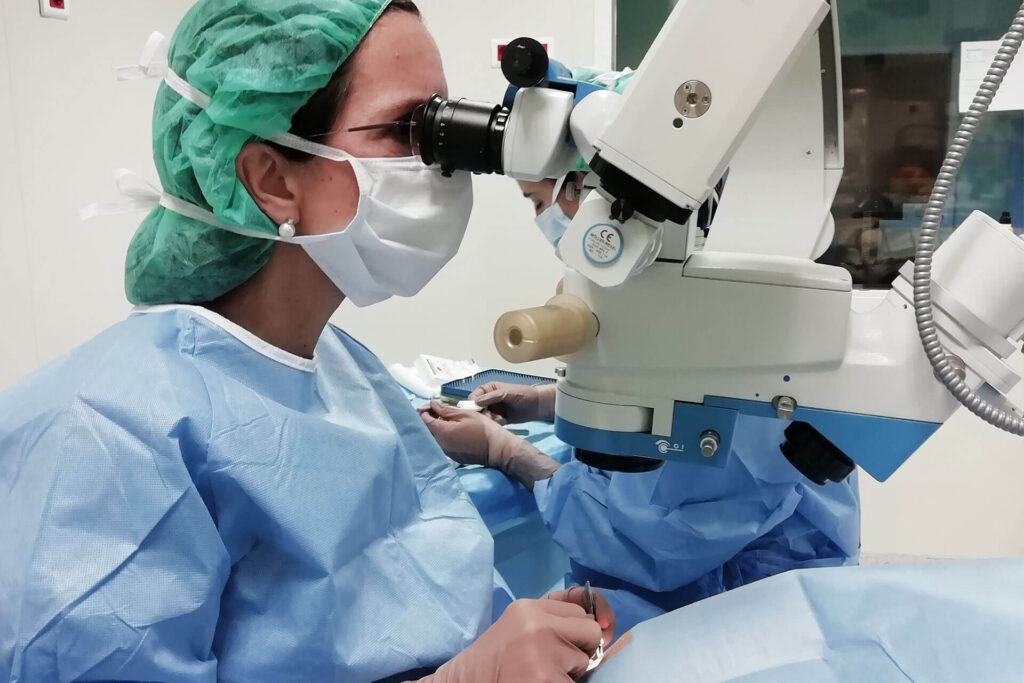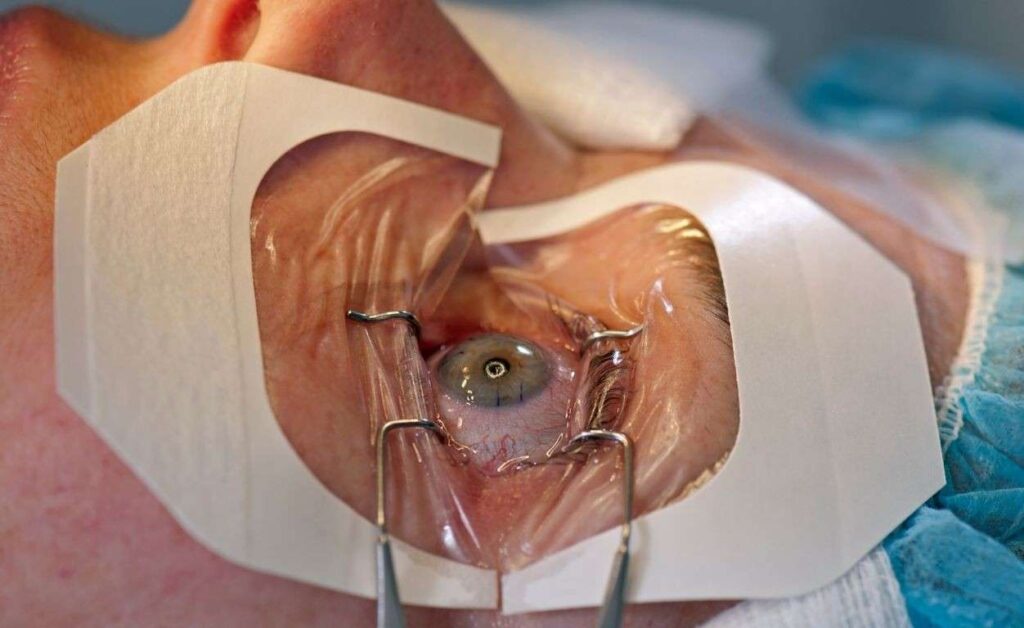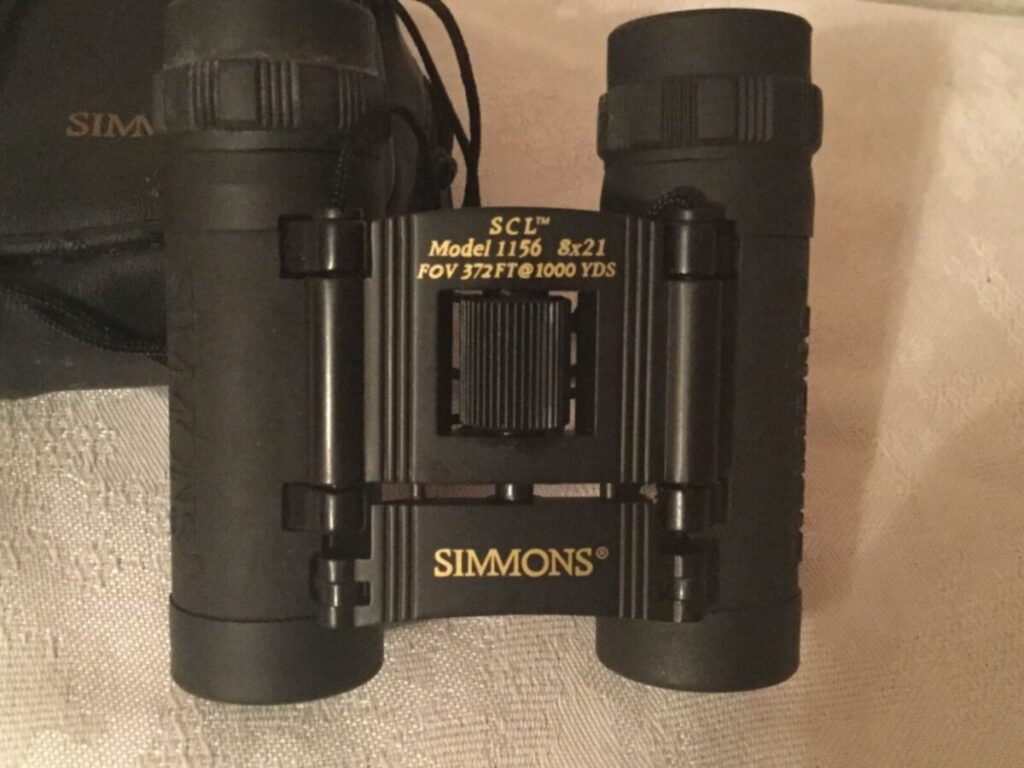7 Reasons Why More People Are Choosing to Buy CPAP Machines Online
Continuous Positive Airway Pressure (CPAP) machines have become essential for individuals suffering from sleep apnoea. Traditionally, these devices were purchased through medical suppliers or clinics, but an increasing number of consumers are opting to buy them online. This shift in purchasing behaviour can be attributed to various factors that enhance convenience, affordability, and accessibility. Here are seven compelling reasons why more people are choosing to buy CPAP machines online.
1. Convenience of Online Shopping
One of the most significant advantages of buying CPAP machines online is the convenience it offers. Consumers can browse a wide range of products from the comfort of their homes, eliminating the need to travel to a physical store. This is particularly beneficial for those with mobility issues or those who live in remote areas where medical supply stores may not be readily accessible.
The trend of buying CPAP machines online is on the rise, driven by factors such as convenience, cost-effectiveness, and access to a wider selection of products. The discreet nature of online shopping, combined with the availability of expert advice and supportive communities, makes this option increasingly appealing to those in need of sleep therapy. As more individuals recognise the benefits of buying CPAP machines online, it is likely that this trend will continue to grow, ultimately improving the lives of many who struggle with sleep apnoea.

Online shopping allows customers to compare different models and brands easily, read reviews, and make informed decisions without feeling rushed by sales staff. This level of convenience is especially appealing to those who lead busy lives and may find it challenging to visit a store during regular business hours.
Accessibility to Information
When purchasing a CPAP machine online, customers have access to a wealth of information at their fingertips. Detailed product descriptions, user manuals, and customer reviews are readily available, enabling potential buyers to make well-informed choices. This access to information can lead to greater satisfaction with the purchase, as consumers can select a machine that best meets their needs.
Read more on: Your Essential Checklist to Finding the Best CPAP Machine for You
24/7 Availability
Unlike brick-and-mortar stores, online shops are open 24/7. This means that individuals can shop at any time that suits them, whether it’s early in the morning or late at night. This flexibility is particularly advantageous for those with demanding schedules who may not have the time to shop during standard hours.
2. Cost-Effectiveness
Another reason for the growing trend of purchasing CPAP machines online is cost-effectiveness. Online retailers often offer competitive prices compared to traditional stores. This is due to lower overhead costs, which allows them to pass savings on to consumers. Additionally, many online shops provide discounts, promotional offers, and bundled deals that can significantly reduce the overall cost of acquiring a CPAP machine.
Furthermore, consumers can easily compare prices across multiple websites, ensuring they find the best deal available. This price transparency is a significant advantage that empowers buyers to make financially sound decisions.

Insurance Compatibility
Many online retailers have streamlined the process of filing insurance claims, making it easier for customers to receive reimbursement for their CPAP purchases. This compatibility with insurance providers can lead to further savings, making online shopping an even more attractive option. Find more about compatibility at https://health.ucdavis.edu/transplant/livingkidneydonation/matching-and-compatibility.html
3. Greater Selection of Products
Online retailers typically offer a broader selection of CPAP machines and accessories than physical stores. This extensive range allows consumers to explore various options, including different brands, models, and features that may not be available locally. For instance, individuals can find specialised machines tailored to their specific needs, such as those designed for travel or those equipped with advanced technology for enhanced comfort.
This variety ensures that consumers can find the perfect CPAP machine that aligns with their preferences, lifestyle, and budget. Additionally, online shops often stock the latest models and innovations, keeping customers up-to-date with the newest advancements in sleep therapy technology.
Customisation Options
Many online retailers allow for customisation of CPAP machines and accessories, enabling users to select specific features that cater to their individual requirements. This level of personalisation is often limited in physical stores, where stock may not reflect the diverse needs of all customers.
4. Discreet Purchasing Experience
For many individuals, the need for a CPAP machine can be a sensitive topic. Buying online provides a level of discretion that is often not possible in a physical store. Customers can make their purchases without the fear of judgement or unwanted attention, allowing them to feel more comfortable and secure in their decision.
This discreet purchasing experience is especially important for those who may be embarrassed about their condition or who prefer to keep their health-related purchases private. Online shopping eliminates the need for face-to-face interactions, allowing individuals to maintain their privacy.
Confidentiality in Delivery
Most online retailers offer discreet packaging for CPAP machines and accessories, ensuring that the contents of the package remain confidential. This attention to privacy can significantly enhance the overall shopping experience for customers who value discretion.
5. Access to Expert Advice
Many online retailers provide access to expert advice through customer service representatives, chat features, or informative blogs. This support can be invaluable for individuals who are unsure about which CPAP machine to choose or how to use it effectively. The availability of knowledgeable staff can help alleviate concerns and answer questions that may arise during the purchasing process.
Additionally, some online shops offer virtual consultations with sleep specialists, allowing customers to receive personalised recommendations based on their specific needs. This level of support can greatly enhance the purchasing experience and ensure that individuals select the right equipment for their sleep therapy. To learn more about equipment click here.
Educational Resources
Online retailers often provide a wealth of educational resources, including articles, videos, and guides on sleep apnoea and the use of CPAP machines. These resources can help customers better understand their condition and the importance of adhering to their treatment plan. By empowering consumers with knowledge, online shops contribute to better health outcomes.
6. Easy Returns and Exchanges
Purchasing a CPAP machine online often comes with more flexible return and exchange policies compared to traditional stores. Many online retailers understand that selecting the right machine can be a trial-and-error process, and they offer hassle-free returns if the product does not meet the customer’s expectations. This policy can provide peace of mind for buyers, knowing that they have options if the machine they choose is not suitable.
Moreover, the process of returning or exchanging items is typically straightforward, with clear instructions provided by the retailer. This ease of return can significantly enhance customer satisfaction and encourage more individuals to shop online.
Trial Periods
Some online retailers offer trial periods for CPAP machines, allowing customers to test the device for a specified time before committing to the purchase. This opportunity to try before you buy can be particularly beneficial for those who are new to CPAP therapy, as it provides a chance to assess comfort and effectiveness without the pressure of a final decision.
7. Community and Support Networks
Finally, many online retailers foster a sense of community among CPAP users. Forums, discussion groups, and social media platforms dedicated to sleep apnoea can provide invaluable support for individuals navigating their treatment journey. These networks offer a space for users to share experiences, tips, and advice, creating a supportive environment that can enhance the overall experience of using a CPAP machine.
Being part of a community can also help individuals feel less isolated in their struggles with sleep apnoea, allowing them to connect with others who understand their challenges. This sense of belonging can be a crucial aspect of managing a chronic condition.
Encouragement and Motivation
Support networks can serve as a source of encouragement and motivation for individuals using CPAP machines. By sharing success stories and strategies for overcoming common challenges, community members can inspire one another to adhere to their treatment plans and prioritise their health.
7 Reasons Why More People Are Choosing to Buy CPAP Machines Online Read More »



























